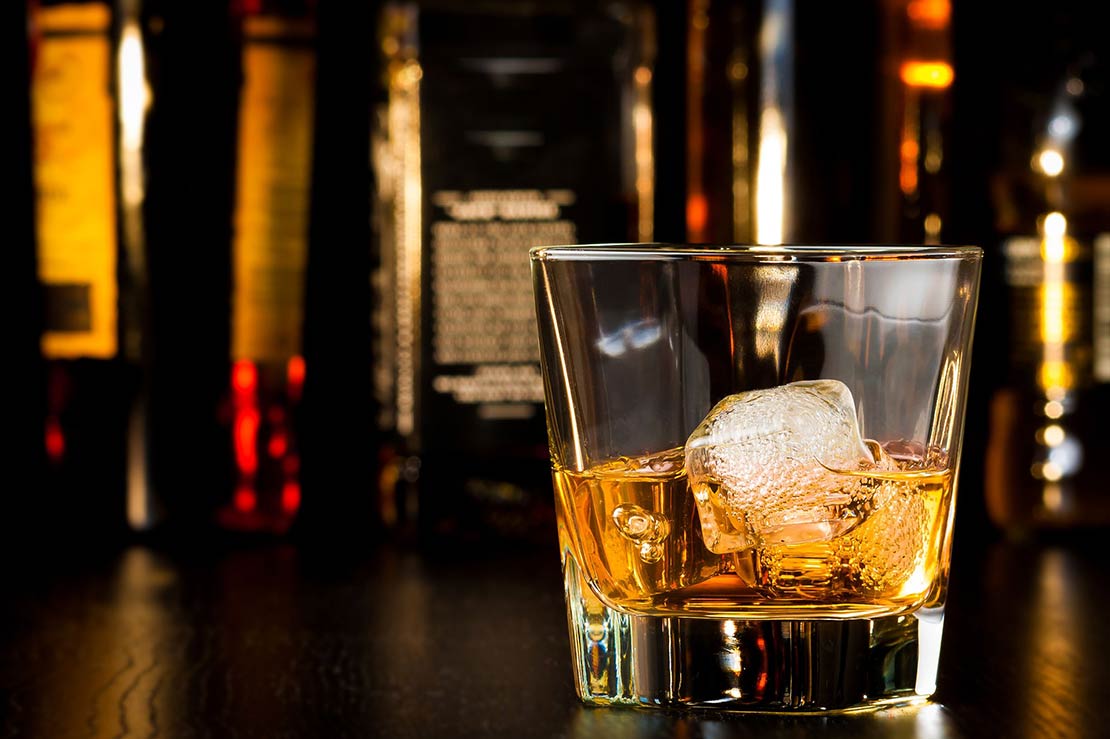It is important to know what goes into our body, especially alcohol because we want to know what it should comprise of and that it is safe to drink. If you want to know how much sugar is in a cola, you need to find out what goes into your alcohol.
The Malaysian law that governs alcohol
In Malaysia, the law that governs alcohol is the Food Act 1983 and the definition of each spirit type can be found in the Food Regulations 1985:
According to the Food Regulations 1985 under Food Act 1983:
377 Spirit
(1) Spirit shall be the alcoholic distillate produced by the distillation of liquor and includes the food for which a standard is prescribed in regulations 378 to 384.
(2) Spirit shall contain not less than 32.5 per cent v/v of alcohol.
378 Brandy
(1) Brandy shall be the spirit prepared by the distillation of wine.
(2) Brandy--
(a) shall contain not less than--
(i) 35 per cent v/v of alcohol; and
(ii) 60 grammes of ester calculated as ethyl acetate in 100 litres of absolute alcohol; and
(b) may contain sugar, glucose, glucose syrup or fructose.
(3) Bandy may contain permitted flavouring substance and caramel as a colouring substance.
379 Fruit brandy
Fruit brandy shall be the spirit prepared by the distillation of fruit wine. It shall comply with the standard for brandy prescribed in regulation 378.
380 Rum
(1) Rum shall be the spirit produced by the distillation of sugar-cane product which has undergone alcoholic fermentation. It shall contain not less than 37.5 per cent v/v of alcohol.
(2) Rum may contain caramel as a colouring substance and permitted flavouring substance.
381 Whisky
(1) Whisky shall be the spirit produced by the distillation of cereal or cereal product which has
undergone alcoholic fermentation. It shall contain not less than 37.5 per cent v/v of alcohol.
(2) Whisky may contain caramel as a colouring substance and permitted flavouring substance.
382 Vodka
Vodka shall be the product obtained by the distillation of grain that has undergone alcoholic fermentation. It shall be treated with charcoal or activated carbon so as to render it without distinctive character, aroma or taste. It shall contain not less than 32.5 per cent v/v of alcohol.
383 Gin
(1) Gin shall be the spirit flavoured with juniper berries, with or without other harmless botanical substance.
(2) Gin--
(a) shall contain not less than 35 per cent v/v of alcohol; and
(b) may contain added sugar.
384 Samsu
Samsu shall be the spirit produced by the distillation of a fermented mash of rice, sorghum or molasses. It shall contain not less than 35 per cent v/v of alcohol.
385 Particular labelling requirement of spirit
(1) The word or words "brandy", "fruit brandy", "rum", "samsu", "whisky", "vodka" and "gin" shall not be conjoined with any other word except those words which denote the source of the product, place of manufacture or brand.
(2) There shall be written in the label on a package containing fruit brandy the name of the fruit from which the product is prepared.
(3) No package of fruit brandy shall be labelled with the word "brandy" unless the name of the fruit from which the fruit brandy is made is conjoined in uniform lettering of not less than 10 point with the word "brandy".
386 Liqueur
(1) Liqueur shall be the product prepared by mixing or distilling spirit with or over fruits, flowers, leaves or other harmless vegetable substance or their juices or with extracts derived by infusion, percolation or masceration of such harmless vegetable substances. It may contain added sugar, dextrose, glucose or a combination of these.
(2) Liqueur may contain permitted colouring substance and permitted flavouring substance.
---
385 Particular labelling requirement of spirit
(1) The word or words "brandy", "fruit brandy", "rum", "samsu", "whisky", "vodka" and "gin" shall not be conjoined with any other word except those words which denote the source of the product, place of manufacture or brand.
This simply means a vodka is a vodka and cannot be called “vodka gin”; or whisky is a “whisky” and cannot be called “whisky rum” by simply combining the two types of spirits together.
So what happens when two mor more types of spirits are put together as a blend? It is a category of its own called compounded hard liquor (CHL).
Updated regulations for spirits
In 2016, the Food Regulations were updated, adding some new terms for compounded hard liquor. According to the added regulations:
4. The principal Regulations are amended by inserting after regulation 386 the following regulation:
386A(1) Compounded hard liquor-
(a) shall be a blend of two or more types of spirits;
(b) shall contain ethyl alcohol of agricultural origin or distillate of agricultural origin;
(c) shall contain equal to or greater than 32.5 percent volume per volume of alcohol; and
(d) shall not be an alcoholic beverage as prescribed in regulations 377 to 384 and regulation 386
(2) Unless otherwise provided in these Regulations, compounded hard liquor shall be packed in a glass bottle and the minimum volume shall not be less than 700ml.
(3) There shall be written in the principal display panel in the label on a package containing compounded hard liquor, the words "compounded hard liquor" in accordance with sub-regulation 12(2).
(4) Notwithstanding sub-regulation (3), the word "compounded" shall not be conjoined together with the name of any other alcoholic beverages under these Regulations.
(5) There shall be also written in the label on a package containing compounded hard liquor, the words "compounded in..." in no small than 4 point lettering which specifies the name of the country where the compounding was effected.".
- T -
